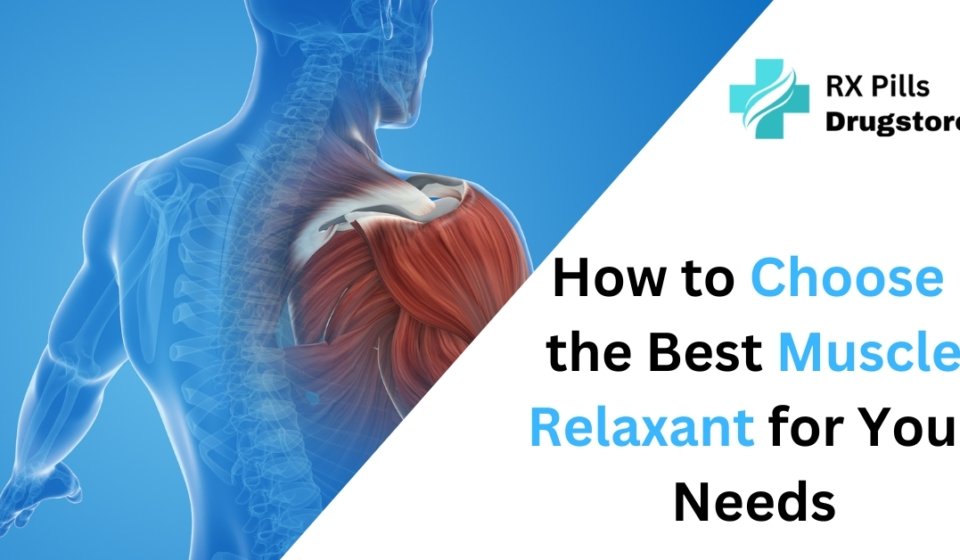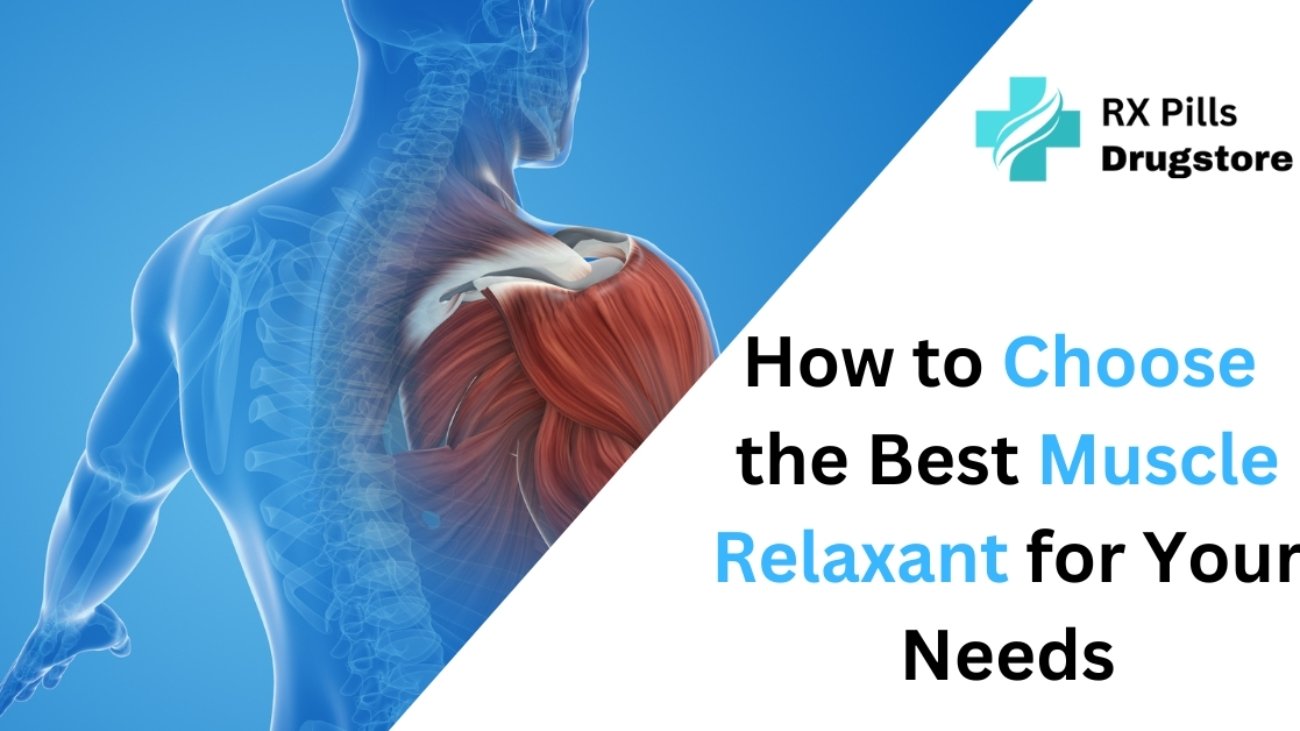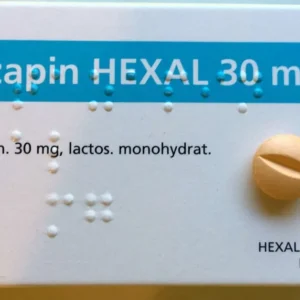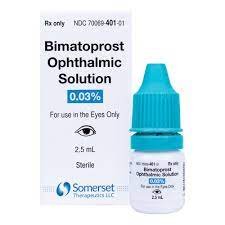Staying motivated on your health and fitness journey can be challenging, but with the right strategies, you can maintain your enthusiasm and commitment. Here are some tips to keep you inspired and on track:
1. Set Clear Goals
Setting specific, measurable, attainable, relevant, and time-bound (SMART) goals can help provide direction. Whether it’s losing weight, building muscle, or improving endurance, having clear objectives makes your journey more tangible.
2. Create a Routine
Establish a consistent workout routine that fits your schedule. Consistency is key to forming habits. By making exercise a part of your daily life, it becomes less of a chore and more of a lifestyle.
3. Track Your Progress
Keep a journal or use apps to track your workouts, meals, and progress. Seeing how far you’ve come can be incredibly motivating. Celebrate small victories along the way, as they contribute to your overall success.
4. Find a Support System
Engage with friends, family, or workout buddies who can provide encouragement and accountability. Joining fitness classes or online communities can help you connect with others who share similar goals.
5. Mix It Up
Avoid monotony by varying your workouts. Try different activities like yoga, swimming, cycling, or group classes. This variety not only keeps things interesting but also works different muscle groups.
6. Reward Yourself
Set up a reward system for achieving milestones. Treat yourself to new workout gear, a spa day, or a favorite meal. Rewards can boost your motivation and give you something to look forward to.
7. Stay Positive
Cultivate a positive mindset by focusing on your achievements rather than setbacks. Practice self-compassion and remind yourself that everyone has ups and downs. Surround yourself with positive influences and inspiring stories.
8. Educate Yourself
Knowledge is empowering. Read articles, watch videos, or listen to podcasts about health and fitness. Understanding the benefits of your efforts can reignite your motivation.
9. Visualize Success
Take time to visualize your goals and the feelings associated with achieving them. Creating a vision board with images and quotes can serve as a constant reminder of your aspirations.
10. Seek Professional Guidance
Consider working with a personal trainer or nutritionist who can provide personalized advice and support. Their expertise can help you stay focused and on track.
Conclusion
Staying motivated on your health and fitness journey requires commitment and effort. By setting clear goals, creating routines, tracking progress, and surrounding yourself with supportive individuals, you can maintain your motivation and achieve lasting results. Remember, the journey is just as important as the destination, so embrace the process and enjoy the ride!

 Cart is empty
Cart is empty 







